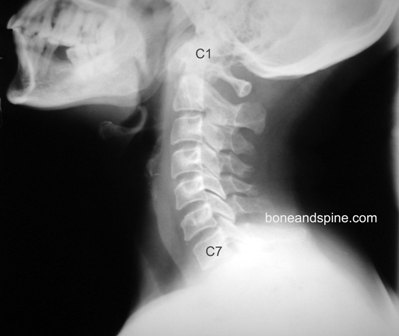
Editor’s Note: this is a contribution from USA’s Student Health Center Medical Director, Dr. Heather Cannon. The Vanguard readily accepts health questions of all kinds for Dr. Cannon via e-mail at usavanguard.editor@Gmail.com.
STDs are divided into two broad categories, those caused by viruses and those caused by bacteria. Viral infections include Human Papillomavirus (HPV), Genital Herpes, and HIV.
Bacterial and protozoa infections include Chlamydia, Gonorrhea, trichomoniasis, and Syphillis.
Bacterial and protozoal infections are much easier to treat than viral infections.
In most cases, your health care provider will give you a prescription for an antibiotic or an antibiotic injection. in general, there is no cure for viral STDs, but medications and other treatments are available to control symptoms.
STDs are spread by sexual activity, including vaginal, anal and oral sex and can cause infection in not only the sex organs but also in the anus and the mouth.
Some infections, such as HPV and herpes, are even spread through skin-to-skin contact without any sort of penetration.
You can’t always tell by looking at someone that they have an STD. Overall, 80 percent of people with an STD have no symptoms or don’t recognize their symptoms but can infect their sexual partner.
Twenty-five percent of college students will contract an STD.
HPV is the most common STD in America, with at least 50 percent of sexually active men and women becoming infected in their lifetime. this virus may cause not only genital warts, but also cancer of the vagina, penis, anus, or mouth.
Chlamydia is the second most common STD in America, and over half of those infected have no symptoms. Left untreated, chlamydia infection can result in permanent infertility.
One in five Americans have genital herpes, but up to 90 percent of people don’t recognize the symptoms.
Alabama is ranked in the top five states in rates of chlamydia, gonorrhea, and syphilis infections.
How to protect yourself?
Every sexually active person not in a mutually monogamous relationship should be tested annually for STDs or when starting a new sexual relationship.
If you’ve tested positive for an STD it’s your responsibility to tell everyone you’ve recently had any sexual contact with that they may also be infected.
Once you are treated for an STD, make sure your sexual partner is tested and treated also or you will become re-infected. three weeks after treatment you should return to your health care provider to confirm that the infection has cleared.
Ideally, you should not resume sexual activity until the results of the testing.
Condoms are the best way to prevent the spread of STDs, but even consistent condom use doesn’t eliminate a person’s risk of becoming infected. Consistent condom use only reduces the risk of gonorrhea and chlamydia infections by 60 to 80 percent and reduces the risk of trichomoniasis by only 30 percent. Condoms provide even less protection against those infections spread by skin-to-skin contact.
A vaccine is available for the HPV virus, which can reduce your risk of developing genital warts and even cervical cancer.
The Student Health Center provides information, testing and treatment for STDs, free condoms, and the HPV vaccine.